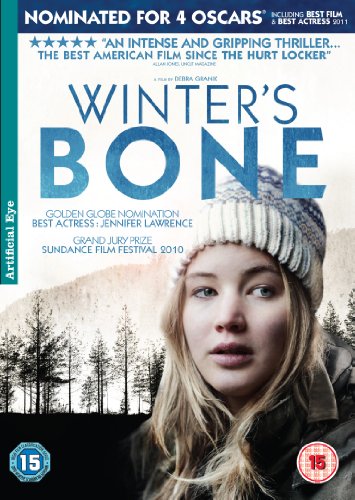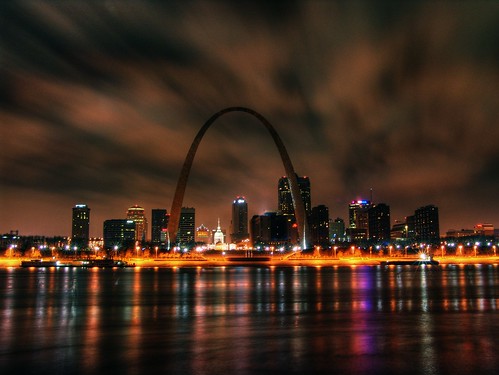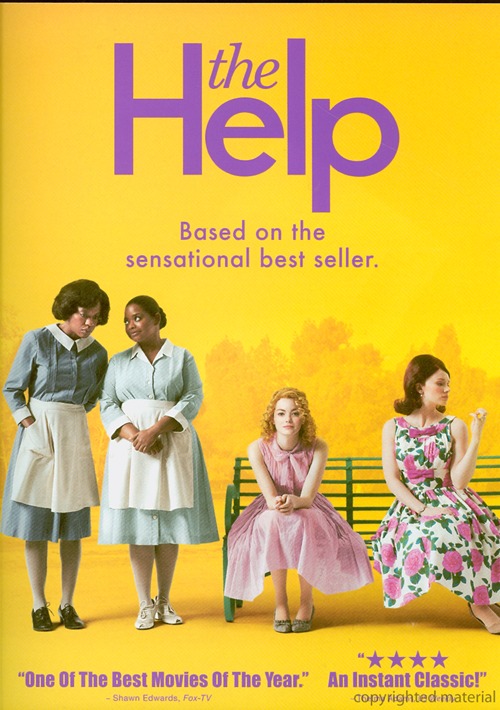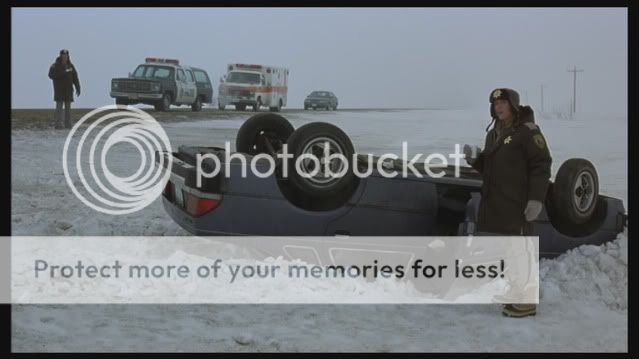Dir. Christopher Guest
Starring: Christopher Guest,
Eugene Levy, Catherine O’Hara, Parker Posey
This is Spinal Tap is one of my all-time favourite films. It really
created the ‘mockumentary’ genre: documentary-style camerawork following actors
purporting to be real members of the public. One of the stars of that film,
Christopher Guest, has now developed a career as a director so I was keen to
include one of his works. Waiting for
Guffman was his first work and it shares lots of characteristics with his
later movies Best in Show, A Mighty Wind and For Your Consideration. It is a mockumentary, following a crowd of
oblivious and deluded idiots who are working towards what they believe to be a
crack at fame. Best in Show was set
at a Crufts-style dog show, A Mighty Wind
among forgotten folk musicians, For Your
Consideration on an Oscar-tipped movie. Waiting
for Guffman centres on a small-town drama group preparing a musical tribute
to the 150-year history of their hometown of Blaine, Missouri.
Blaine may not have much going
for it, but it is proud of its past and is determined to celebrate its upcoming
sesquicentennial with all the resources at its disposal. A key part of the
festivities will be the dramatic review Red,
White and Blaine. Despite the sterling service Lloyd the school music
teacher (Bob Balaban) has performed over the years there is really only one
choice for director: Corky St Clair (Christopher Guest). Corky is a
flamboyantly camp man with a background in “off-off-off-off
Broadway” productions in New York. One might even suppose that he was gay,
if it weren’t for the fact that he is married. Admittedly, no one can recall
meeting his wife, but Corky buy women’s clothing for her so she must be around
somewhere. Backed by Lloyd he fills out the cast of his show. First up are Ron
and Sheila Albertson (Fred Willard and Catherine O’Hara), local travel agents
(who have never travelled further than Jefferson City) and mainstays of the
local drama scene. Their audition-piece of a Noel Coward-esque Midnight at the Oasis is a delight. They
do have a habit of over-sharing after a glass or two of wine however. Dr Pearl
(Eugene Levy, best known as ‘Jim’s Dad’ from the American Pie series) is the Jewish dentist who believes that comedy
is in his blood (his grandfather premiered the song Bubbe Made a Kishke on the Yiddish stage back in New York). “People say ‘You must have been the class
clown’. And I say ‘No I wasn’t’ – but I sat next to the class clown, and I
studied him.” Libby Mae Brown (Parker Posey) is the gum-chewing girl who
works at the Dairy Queen. Rounding out the cast is Johnny Savage (Matt Keeslar),
a muscular James Dean type who has no interest in acting, but whom Corky is
determined to cast in the show. He later drops out on opening night, forcing
Corky to squeeze into his shorts and play a succession of rugged young men on
stage.
So far, so haphazard, except that
Corky has invited a producer from New York, Mort Guffman, to come see the show.
Everyone becomes convinced (without much evidence) that this is it: the show
will transfer to Broadway and they will become stars. Hard to see how. Lloyd
complains that Corky hasn’t set aside time for music rehearsal, the town
council refuse Corky’s request for a $100,000 increase to the budget, prompting
him to temporarily quit, Johnny Savage does quit, and the show is full of
in-jokes about Blaine’s own local history. Scenes focus on the first settlement
of the town when guide Blaine Fabin mistakenly thinks that they have reached
California, Blaine’s heyday as “the stool
capital of the world” and a 1946 visit by a flying saucer. Not particularly
guarantees of cross-over appeal.
 |
| From Uranus to the stool capital of the world |
The film was largely improvised.
Guest and Levy collaborated on the backgrounds of the characters and the aim of
each scene, but after that the actors could make it up as they went along. This
is how he works. There are some wonderful throway lines. There is a note perfect UFO 'expert' ("Once you go into that circle the weather never changes. It is always 67 degrees with a 40% chance of rain") and a pharmacist called Steve who must be the only other gay in the village. The actor who plays Steve, Michael Hitchcock, along with many other cast members – including Guest, Levy, Willard, O’Hara,
Posey, Balaban, and Larry Miller (the Mayor) - reappears in Best
in Show, A Mighty Wind and For Your Consideration. It might not be
quite as laugh-out-loud funny as Spinal
Tap, but then again, few things are. It is whimsical and gigglesome rather
than uproarious (Remains of the Day
lunchboxes anyone?), but for anyone with a background in amateur dramatics –
such as yours truly – it should be compulsory viewing. If only to see how many
characters and situations you recognise from your real life experiences. I’m
certainly going to follow the sage advice of Ron Albertson from now on: “If there’s an empty space, just fill it
with a line, that’s what I like to do. Even if it’s from another show…”
What have I learnt about
Missouri?
Missouri is “the heart of America” – and Blaine is “the heart of Missouri”. So presumably what is said here about
Blaine could hold true for a number of mid-western towns. Blaine was founded in
the 1840s as the covered wagons rolled west. To this day there is still some
cachet attached to those who share the name of those first settlers. There is a
strong local pride in the town and its history. It developed a particular
expertise in something enabling it to call itself ‘the X capital of America’.
It has its own local urban myths, and is small enough for in-jokes among the
townspeople. The town is run by a local council. Anyone with a background
outside the town – such as Corky hailing from New York – is seen as just a
little bit special.
I think the weather in Missouri
is meant to be notoriously changeable. Apparently “there’s a saying in Missouri: ‘If you don’t like the weather just wait
five minutes’. In Blaine, with hard work, I think we can get that down to three
or four minutes.”
Can we go there?
Sadly Blaine does not insist. Nor
was the film even shot in Missouri. Filming took place in Austin and Lockhart,
Texas – the same area that provided the locations for What’s Eating Gilbert Grape?, set in Missouri’s northern neighbour
Iowa. Lockhart’s Caldwell County Courthouse
can be seen prominently in both movies.
Overall Rating: 3/5
















